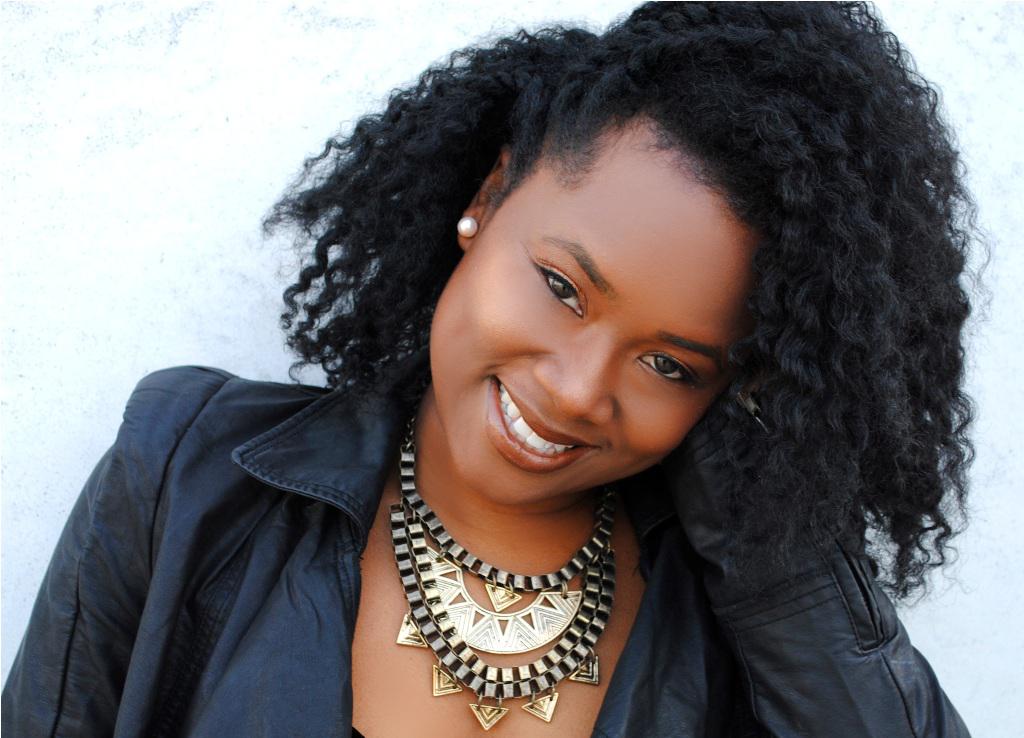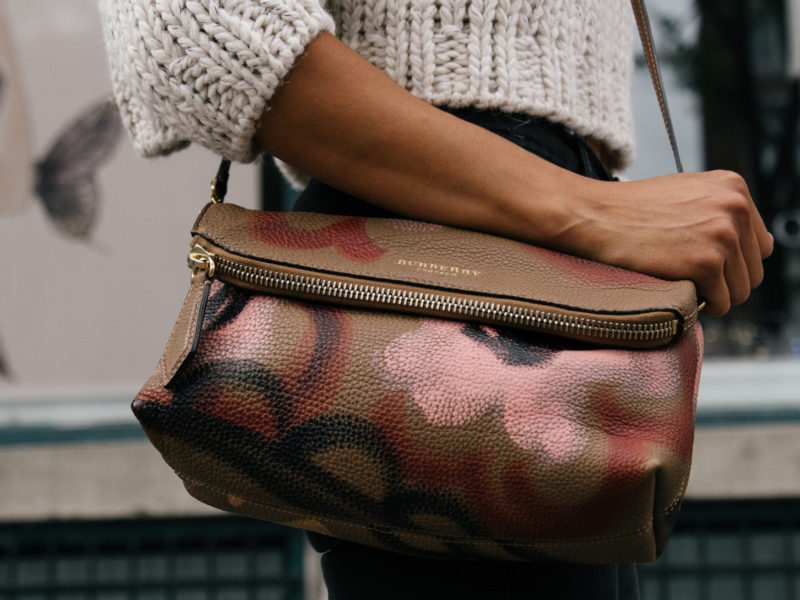10 Things Keeping You from Growing Long Natural Hair
It seems everyone is on a quest for “long hair don’t care”. You can very well obtain it by avoiding these 10 hair breaking mistakes that are keeping you from growing long natural hair.
1. Not Trimming Your Ends
This is an ongoing debate within the natural hair community. Some believe it’s unnecessary. I can tell you from experience this is untrue. But let’s debunk a myth, first. Trimming your hair will not make it grow faster. It’s true that trimming your hair doesn’t increase the rate in which it grows. But it will help it stay healthier.
2. Not Working In Sections
When it comes to shampooing, detangling, and conditioning in sections, some believe ‘it don’t take all that‘. And for some it may not but if you have thick, very textured hair, this extra step will save you time in the long run. It allows you to adequately cleanse, detangle, condition, and moisturize your hair more effectively. You can also closely examine your hair better while sectioned.
Besides, you can more proficiently experiment with products. See how your hair responses to different products by applying one product to one section and another to another section. This decreases your guess and test time.
3. Not Protective Styling
Sometimes hair breaks at the same rate that it grows. This creates the illusion of no hair growth at all. Protective styling is designed to protect your hair especially the oldest, most fragile part of your hair, the ends from common forms of breakage. The most common forms of breakage are over manipulation and dry, brittle hair. Protective styling minimizes breakages and prevents moisture loss; helping you to retain more length. Your hair will grow longer with minimal breakage.
4. Over Doing It With the Protective Styling
Some women protective style for 3 months straight without properly caring for their scalp and hair. This is counterproductive and leads to thinning hair. Protective Styling doesn’t mean you can neglect your hair and scalp. You can and SHOULD still maintain a regular shampoo, conditioning, and moisturizing schedule.
Beware of synthetic hair. Synthetic hair or its manufacturing process can irritate your scalp leaving you with itchy, inflamed skin its best to rinse synthetic or Kanekalon hair with apple cider vinegar before it touches your head. In some cases resulting in little white bumps that may lead to hair loss.
Prolong wearing of synthetic hair can also permanently damage the hair cuticle. The synthetic fibers gradually cut into the hair strand, creating little tears into the its cuticle. This can severely damages the hair over time.
5. Moisturizing Inadequately
There’s some confusion between moisturized hair and oily hair. I recently got a message that said “I’m doing the castor oil challenge, but my hair is still dry and breaking”. Many oils like castor oil are great sealant oils. Sealant oils or sealing oils are oils that seal the hair’s cuticle. They lock in moisture and prevent it from escaping. They are perfect for extreme climates. But the con of the pros and cons is that it limits the amount of moisture that can enter the hair during rehydration. If you’re using heavy oils or butters its important to shampoo regularly in order to fully rehydrate hair. It is equally important that the hair is hydrated with water before using these sealant oils or butters by opening the hair cuticle. Shampoo is formulated to do this (open the hair cuticle).
6. Improper Detangling
Improper detangling can be the main culprit of mechanical or self-induced hair damage. Hair is its most fragile when wet. (This is also way the “No Heat Challenge” has its limits. Read more.) You must really take your time in detangling. If your hair knots and tangles easily pre-poo with coconut oil and gently detangling before shampooing will really prevent damage.
7. Infrequent Washing
Shampoo every 7-14 days and cowash in between as needed for two reasons. One, water = moisture. Washing your hair opens up the hair cuticle & follicles to readily receive moisture unlike any other method of moisturizing. Water molecules bind to the internal structure of the hair & enter the hair follicles during the wash process. Effectively cleansing your hair & scalp with a gentle sulfate-free shampoo rids it of bacterial, product buildup, in some cases medications and other micro growth inhibiting factors without stripping its natural oils. A healthy scalp is necessary for growth.
8. Only Finger Detangling
I’m not anti-finger detangling. I just believe there’s a time and place for it. It’s great for quick co-washing sessions in between your next shampoo or styling if you’re a wash and go gal. But tight natural curls tend to hug each other and add shedded hair to the mix can create matting and stubborn tangles. A wide tooth comb removes shedding hair; preventing it from snaking around hair and creating those tangles. If you’re worried about breakage, try a seamless combs or Denman Brush that glide through hair without any snags. (Remember to work in sections and to twist or plait detangled hair to prevent hair from re-tangling as it drys.)
9. Skipping The Pre-Poo
Granted, this step is completely optional and not necessary before every shampoo especially if you’re only cowashing, nevertheless it’s extremely helpful in both protecting the hair and increasing moisture retention. If you suffer from extremely dry, damaged hair, you simply can’t afford to skip this step.
10. Ignoring The Signs
Your hair is a reflection of your overall health. If it’s dry, brittle or if you’re experiencing excess shedding or hair loss, it’s an indication that something is off balance. It could be nutritional or hormonal. For example, iron deficiency or hyperthyroidism can both cause hair loss.
Your body will take needed nutrients from the skin and hair to support your more vital organs. To ensure there’s an abundance of nutrients for strong, healthy hair, focus on feeding your hair from the inside. Drink plenty of water, eat a well-balanced diet, take a multivitamin, and exercise regularly for your healthiest hair.
If you have notice any signs of hair loss or thinning, you may want to read these 5 important action steps.








